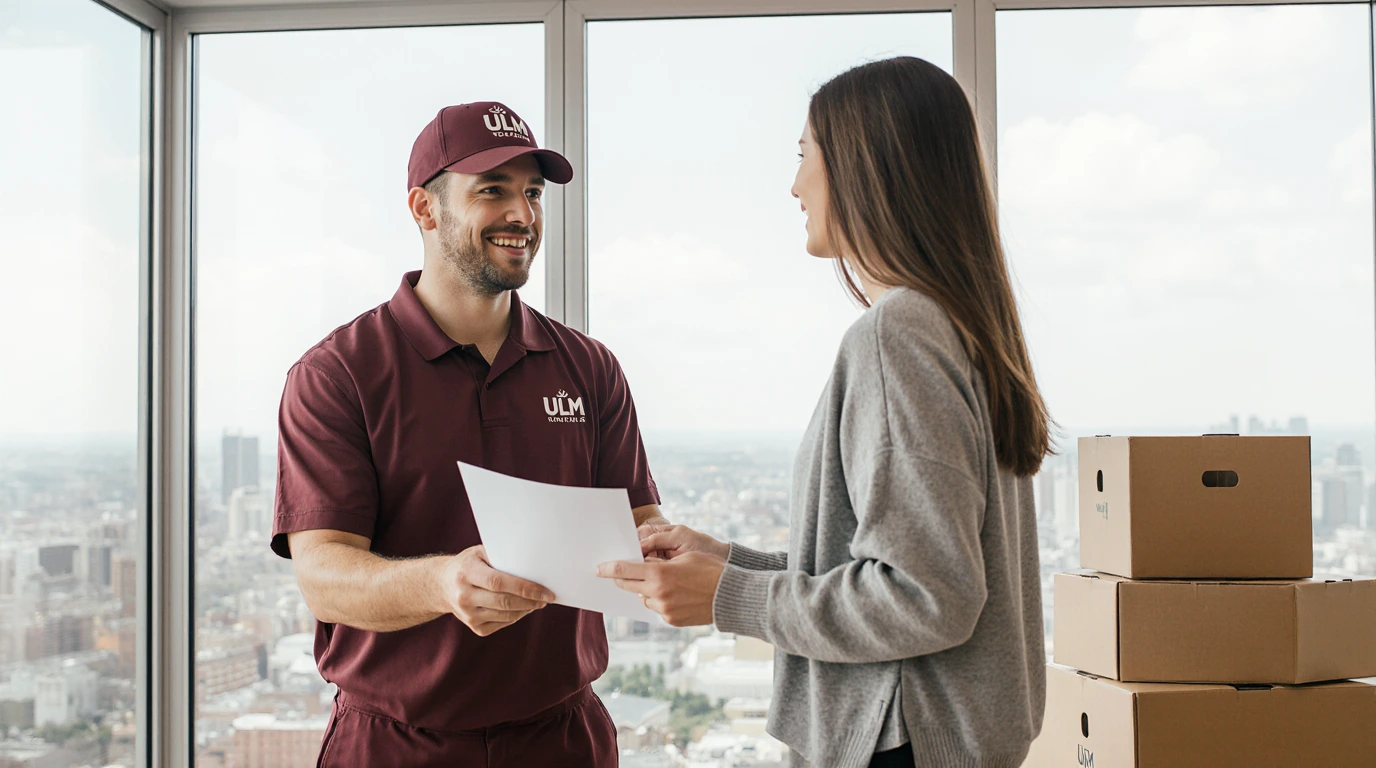Avoiding Injuries During the Move: Essential Safety Tips for a Smooth Relocation
Moving to a new home is one of life’s most exciting milestones—but it’s also physically demanding and can be risky if you’re not careful. Every year, thousands of people suffer from strains, sprains, cuts, or even serious back injuries while packing, lifting, or transporting belongings.
At United Local Movers, we’ve helped countless families relocate with safety and ease. In this guide, we’ll share expert tips to help you avoid injury and make your move as smooth as possible—whether you’re doing it yourself or working with professionals.
Why Injury Prevention Matters During a Move
Moving involves more than just carrying boxes—it requires navigating narrow doorways, climbing stairs, pushing heavy furniture, and repetitive bending and lifting. Without proper technique or equipment, even small tasks can lead to muscle strain, joint pain, or serious injury. Taking precautions ensures you arrive at your new home in good health and ready to start fresh.
1. Plan Ahead and Avoid Rushing
Rushing through a move increases your risk of mistakes and injuries. Give yourself enough time to pack and transport items without unnecessary pressure.
- Start planning at least two to three weeks before moving day
- Break tasks into manageable steps and prioritize them
- Leave plenty of time for lifting, loading, and unloading
A well-thought-out schedule helps reduce both physical strain and mental stress.
2. Use Proper Lifting Form
Back injuries are among the most common moving-related issues. Protect yourself by using the correct lifting posture:
- Bend at the knees, not at the waist
- Keep the object close to your body
- Use leg strength—not your back—to lift
- Avoid twisting or turning while carrying heavy loads
- Ask for help if something feels too heavy
This simple form can prevent long-term back pain and muscle damage.
3. Dress for Safety
Your outfit plays a bigger role in injury prevention than you might think. Wear clothing that supports movement and protects your body:
- Sturdy shoes with non-slip soles (no flip-flops or sandals)
- Fitted clothes that won’t snag or restrict motion
- Gloves to protect hands and improve grip
Dressing appropriately reduces slipping, pinching, and strain risks.
4. Use the Right Tools and Equipment
You don’t have to rely on brute strength. Use tools designed to make lifting easier and safer:
- Dollies: For boxes, appliances, and bulky items
- Furniture sliders: Let you glide large pieces across floors
- Lifting straps: Distribute weight evenly and reduce back strain
- Ramps: Help load and unload heavy items safely
If you’re moving without professionals, consider renting these tools ahead of time.
5. Clear Walkways and Minimize Hazards
Trip hazards are one of the leading causes of moving-related accidents. Prepare your space to stay safe:
- Remove loose rugs or mats that could cause slips
- Secure electrical cords out of walking paths
- Clear staircases and hallways of clutter
- Keep children and pets away from active moving zones
A clean, organized environment makes all the difference.
6. Stay Hydrated and Take Regular Breaks
Moving often happens in warm weather or indoors, increasing the risk of dehydration and exhaustion. Make sure to:
- Drink water regularly—even if you don’t feel thirsty
- Take short breaks every hour to rest and stretch
- Listen to your body and stop if you feel dizzy, weak, or sore
Pacing yourself keeps energy levels high and injury risks low.
7. Know What Not to Lift Yourself
Certain items should always be handled by trained professionals due to their size, weight, or fragility:
- Pianos
- Refrigerators and washing machines
- Safes or gun cabinets
- Pool tables
- Hot tubs or spas
These require special equipment and experience. At United Local Movers, we’re fully equipped to handle oversized or delicate items safely.
8. Warm Up Before Heavy Lifting
Think of moving like a workout—you wouldn’t run a marathon without warming up first, right?
- Do light cardio like brisk walking or jumping jacks
- Stretch your hamstrings, quads, shoulders, and lower back
- Roll your neck and wrists to loosen joints
A quick warm-up can go a long way toward preventing muscle pulls and fatigue.
9. Don’t Overload Boxes
Overpacked boxes are harder to carry and more likely to tear or spill contents. Follow these guidelines:
- Keep each box under 50 lbs
- Use smaller containers for dense items like books or kitchenware
- Balance weight inside boxes to avoid tipping or uneven pressure
This makes lifting safer and unpacking easier later.
10. Consider Hiring Professionals
Hiring experienced movers isn’t just about convenience—it’s about safety. Companies like United Local Movers use proven techniques and protective gear to keep both workers and clients safe. We handle the heavy work so you don’t have to.
Additional Safety Reminders
- Always let someone know where you are when moving alone
- Use hand trucks or dollies for tall stacks of boxes
- Be cautious when lifting above shoulder height
- Never lift while looking down or holding your breath
- Watch your footing on wet or uneven surfaces
How United Local Movers Keeps You Safe
We take safety seriously. Our team is trained in ergonomics, injury prevention, and professional handling of large or fragile items. With our help, you can relax knowing your belongings—and your body—are in good hands.
Final Thoughts
Whether you’re moving across town or across the country, staying safe should always come first. A little preparation, the right tools, and smart habits can help you avoid painful setbacks and ensure a successful relocation.
Let United Local Movers handle the heavy lifting while you focus on enjoying your next chapter. Contact us today to learn how we can help you move smarter, faster, and safer.



